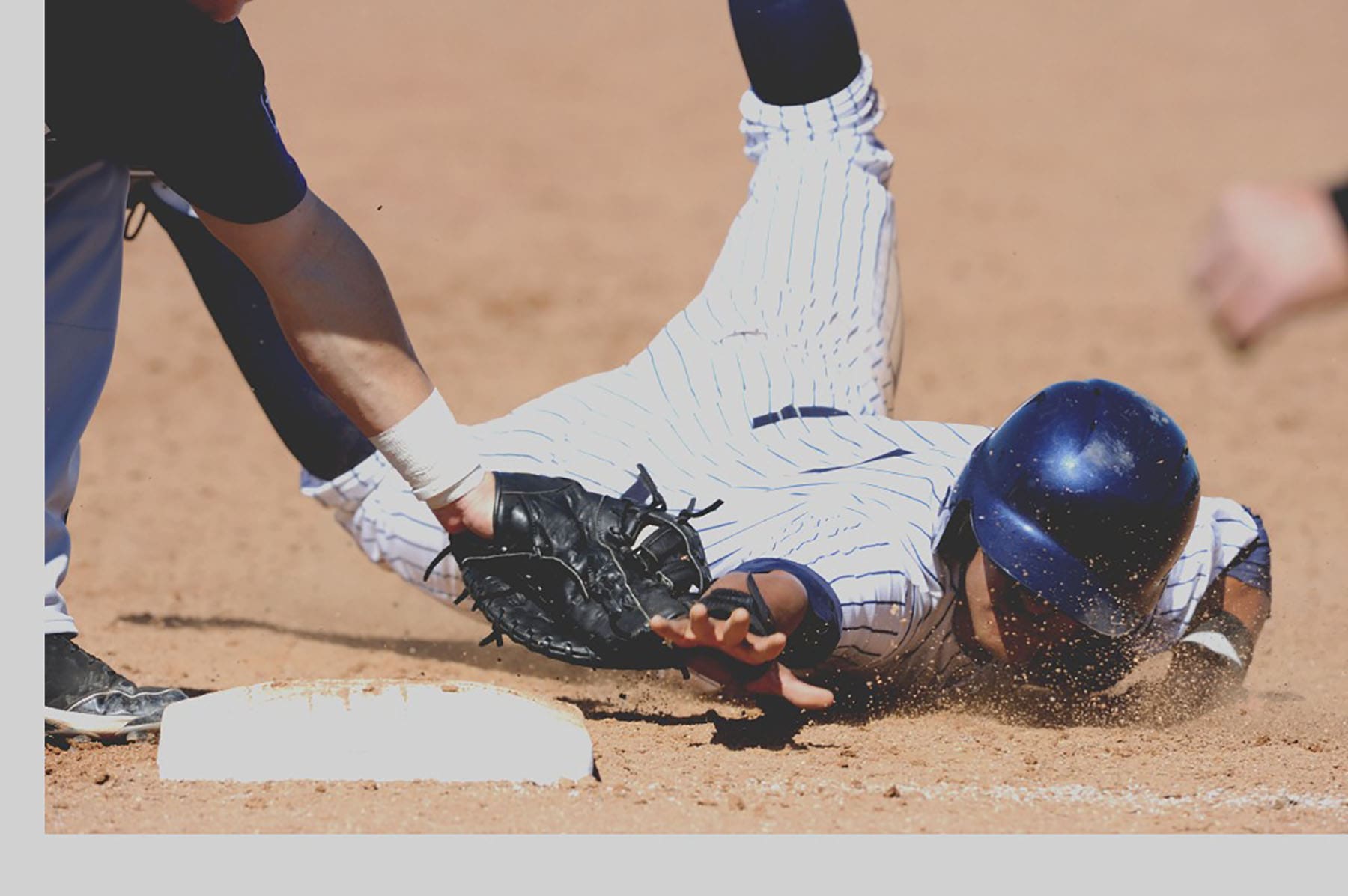SLAP Tears
What is a SLAP Tear?
The labrum is a cartilage structure that circumferentially attaches to the glenoid (socket) of the shoulder. It provides a rounding shape to the otherwise flat socket of the shoulder and helps the socket mate with the ball, therefore enhancing stability of the shoulder joint. SLAP stands for Superior Labrum Anterior to Posterior and therefore this type of tear occurs at the superior (upper) part of the shoulder labrum where the biceps attaches.
How do these tears occur?
The superior labrum can be damaged by repetitive overuse (overhead athletes, heavy manual labor) or with an acute injury. Occasionally there is just some mild fraying of this portion of the labrum but more serious tears involve actual detachment of this portion of the labrum from the bony socket. These tears are common in throwers and can also occur from a fall directly on the shoulder.
What are the symptoms of a SLAP Tear?
Pain with physical activity (throwing, weight training) and even night pain can occur with superior labral tears. While many labral injuries can be diagnosed based on a careful history and physical exam, typically an MRI is required to confirm the diagnosis or assess the severity of the damage.
I have a SLAP tear–does this absolutely require surgery?
Depending on the severity of the tear and the physical demands of your lifestyle, labral injuries may or may not require surgery. To be clear, we will aggressively treat your problem to maximize your function but if your lifestyle does not demand high-stress use of your shoulder, surgical treatment may not be appropriate nor necessary. This is a decision we will make collaboratively with you. Frequently, a nuanced approach to therapy can help even a high-level athlete avoid surgical treatment.
When surgery is necessary, what type of surgery is it?
When surgery is required, this is done arthroscopically, typically in an outpatient setting. Surgical repair generally takes 30-40 minutes; in older patients with poor tissue quality or impaired blood supply to the labrum, occasionally a relocation of the biceps may be performed to remove a source of pain from the labrum. A sling is worn for 3-4 weeks, physical therapy is needed for several months. Most people can return to normal activities within 6-8 weeks but strenuous and athletic activities may require 4-6 months prior to normal return.
Drs. Silas, Bak and Frush are on the leading edge of anatomic restoration and reconstruction of the labrum. We are involved in education and development of surgical techniques with several national and international groups on advanced shoulder arthroscopy.


